A Visit to El Torcal de Antequera
This was a return trip to El Torcal. A few years ago I (as part of a hiking group) had come here in winter and had hiked from the bottom of El Torcal up to the Visitors Center. From there we had done the yellow trail around the top of the mountain.
This time I came back with Lissette, taking a taxi from Antequera directly to the Visitors Center that sits atop of El Torcal. From there we walked the other trail (the green trail) around the top.
This post and video details that, along with a few practical tips and thoughts on visiting Torcal.
The Park is officially known as “Paraje Natural Torcal de Antequera” (“Torcal de Antequera Natural Park” in English). It is known for its unusual landforms and is regarded as one of the most impressive karst landscapes in Europe. “El Torcal” refers to the mountain range (the Sierra del Torcal) which is made up of limestone formed about 150 million years ago. The landscapes you see in the park have been created by millions of years of erosion and dissolution by water (karstification).
Getting to Torcal
There’s no public transport to Torcal. You can take a tour. Most are from Malaga and will cost around 55 Euros per person. This tour for example. If you take a tour from Antequera it costs around 35 Euros per person. See this tour (note: Antequera is a wonderful city with lots to see so I really recommend staying at least 1 night and visiting Torcal during your stay).
Or you can do what we did: take a taxi from Antequera. We have a taxi friend (Miguel) who’ll drive you up (about 25 minutes from Antequera). Tell him how long you want to stay (I recommend 3 hours) and then he’ll come and pick you up for the drive back. Cost is 50 Euros. His number: 616 118 287. Tell him I recommended him and he’ll give you the above “precio de amigo”.
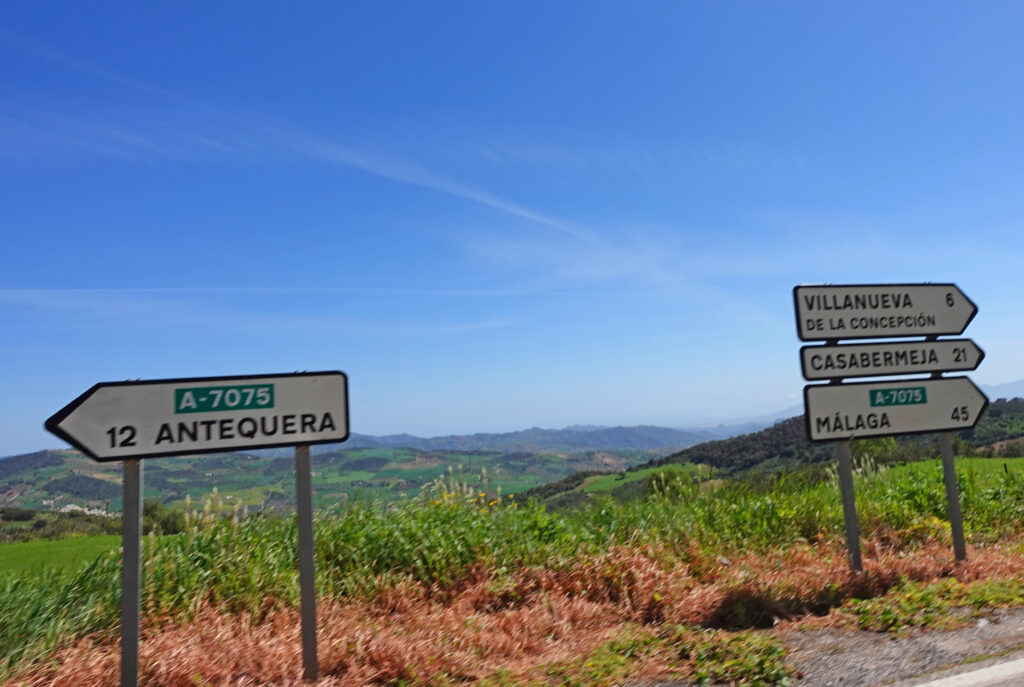
Visitors Center
Either way you come, you’ll be arriving at the Visitors center at the top of El Torcal. There’s a large parking lot where you can park or be dropped off.
The Visitors Center is very organized with a restaurant, bathroom, information center and gift shop. If you’re the lazy type who doesn’t want to walk around, you can just sit down with a beer on the terrace of the restaurant and enjoy the views from there. You might even see an Iberian Ibex come up to the Visitors Center (although they tend to be shy when there’s a lot of people. But the last time here, in December, there were few people and I saw a huge male Ibex come right up within meters of me).
A very short walk (100 meters) from the Visitors Center is a mirador: “Mirador Las Ventanillas”. It faces south and on a clear day you can see all the way to the coast. Just down below is the town of Villanueva de la Concepcion (you’ll have driven though the town if coming from Malaga). Very impressive views.
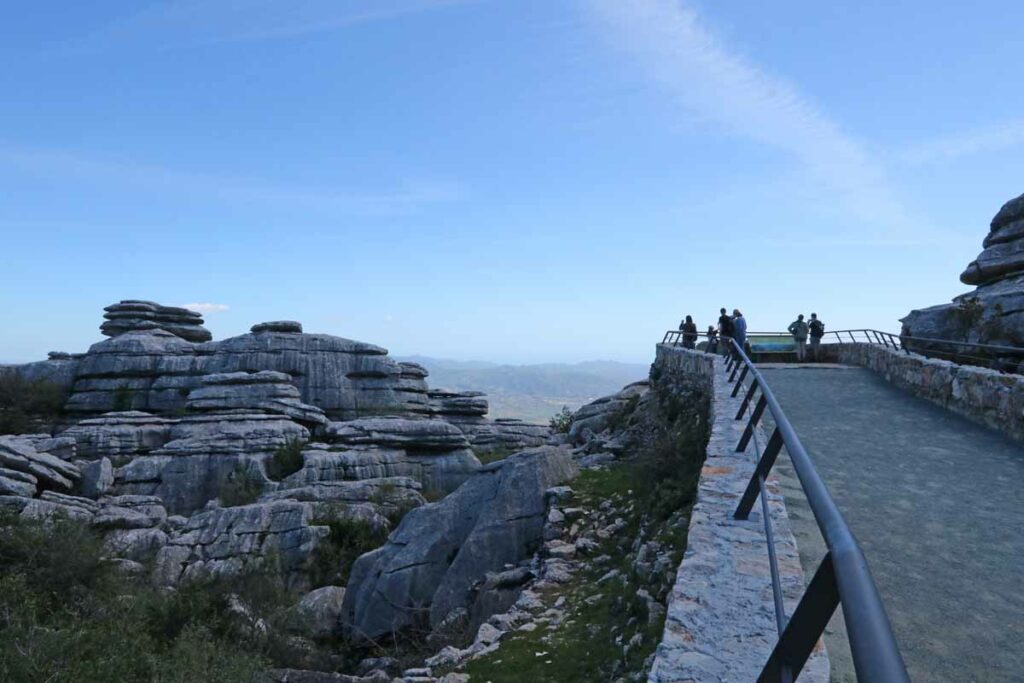
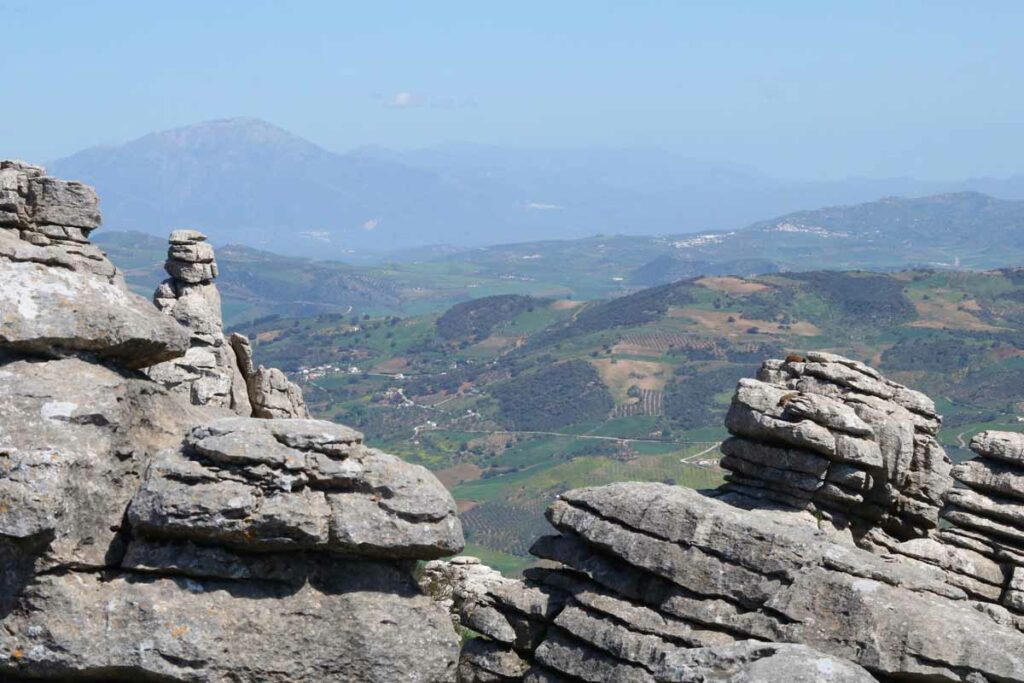

The Trails
Right next to the parking lot of the Visitors Center is the starting point of 2 trails. The first is the green trail which is a 45-minute loop through the park, culminating back at the visitors center. It is the easier of the two, the trail being clearer of rocks. If you have kids, or are older, or are balance-challenged like Lissette, then I recommend this one. It is in no way mobility-friendly as you still have rocks to navigate as well as some ups and downs (no sharp inclines or declines though), but it is considered “easy”.
Map (click to enlarge)
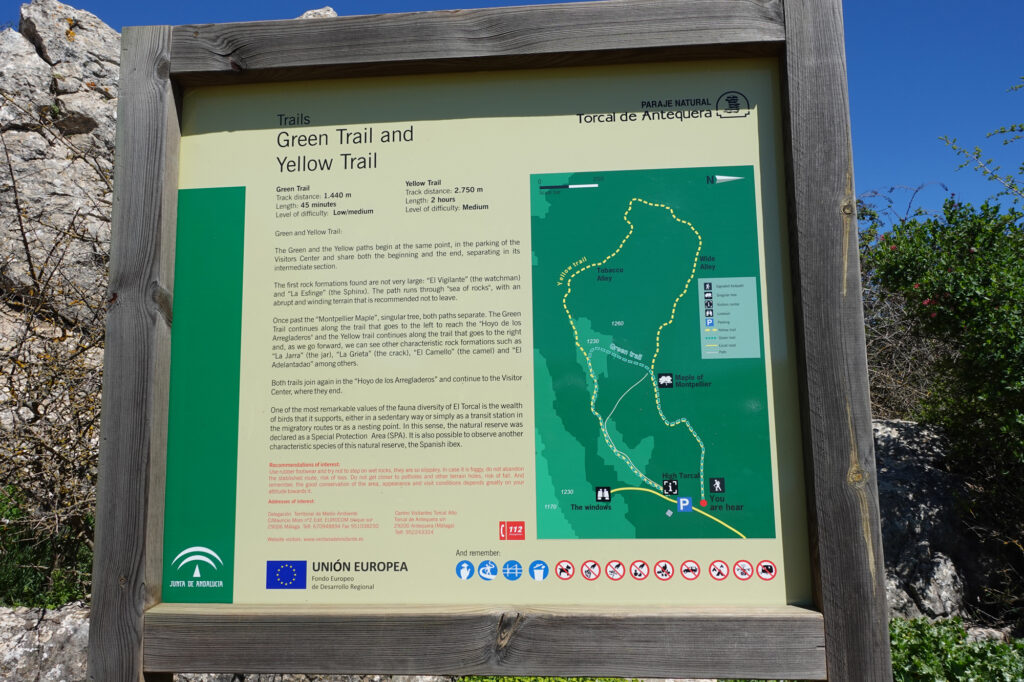
The yellow loop is an addition to the yellow loop that just takes you further. It takes about 2 hours and it’s a bit more challenging (although I consider that word a stretch. It’s just that there’s more rocks, more ups and downs. Just more rugged a walk). Again, it’s a loop and you’ll end up finishing at the Visitors Center.
Either way, you’re at the top of the mountain and there’s no big ups and down. You’re just walking around the top in a loop.
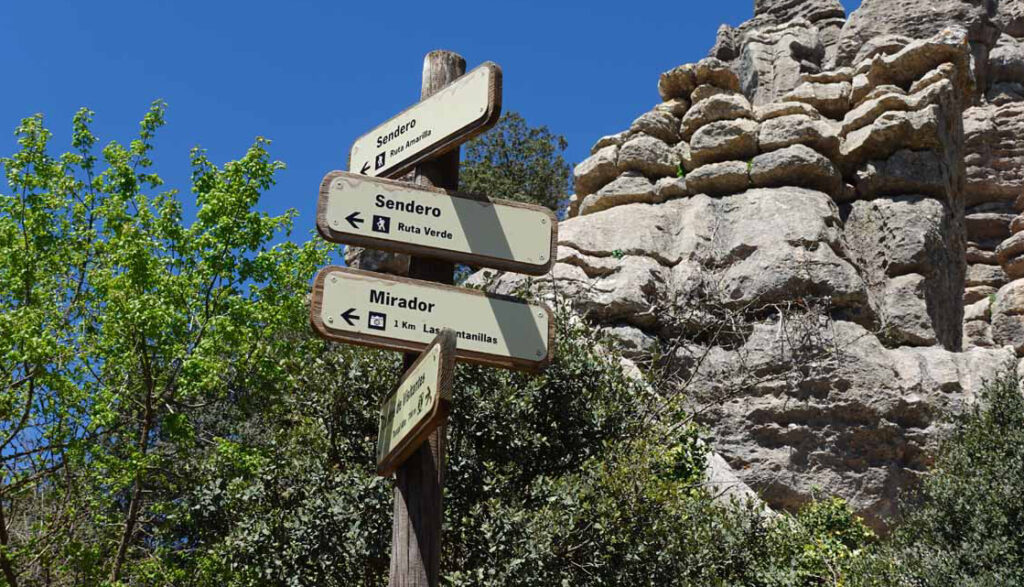
So which to take, the yellow or the green?
There’s some overlapping at the beginning and end of both trails, so you see some of the same highlights. But you just see more on the yellow trail plus you have more of a close-up experience with the rocks (in some places you walk in cracks between the rocks).
The video up top covered our recent trip where we took the green trail. The video below is when I came in winter a couple of years ago and did the yellow trail. So you can see the differences for yourself.
Weather, what to bring and wear etc.
There’s a big difference in weather up at Torcal. It can be quite cold and the first time I came here I was shocked by the difference coming from Nerja (the coast is always warm. Very different in the interior in winter, particularly up a mountain).
That first visit was in December and we had winter conditions. I wore hiking shoes, shorts, and a couple of layers of sweaters/light jackets, a hat and gloves. Temperatures were around 10C and it was perfect hiking weather.
This trip was in April and it was already hot. If coming in spring and summer: I recommend long pants because there are a lot of prickly plants and their leaves scratch and stab. I was fine with shorts in the winter, I wouldn’t have been on our last visit.
Besides different layers of clothes (the weather can change quickly so good to be prepared to change), bring water. If you have a long lens for your camera I would recommend you bring that – because we came in spring, there were a lot of visitors and animals stayed away. But we did capture a few (you see it in the video at the top) and that’s because of Lissette’s long lens.
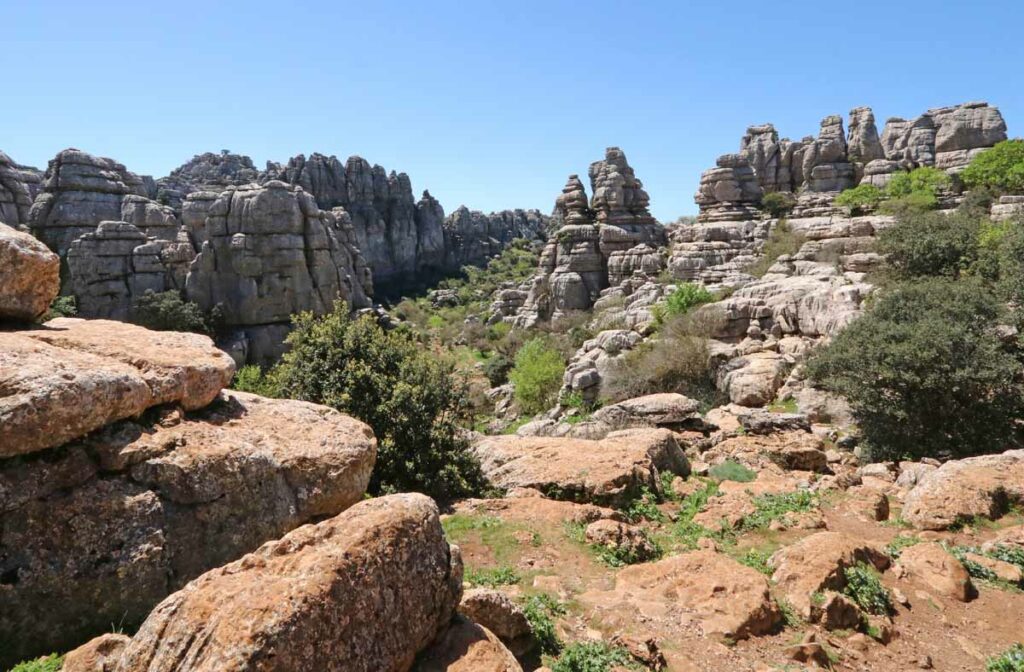


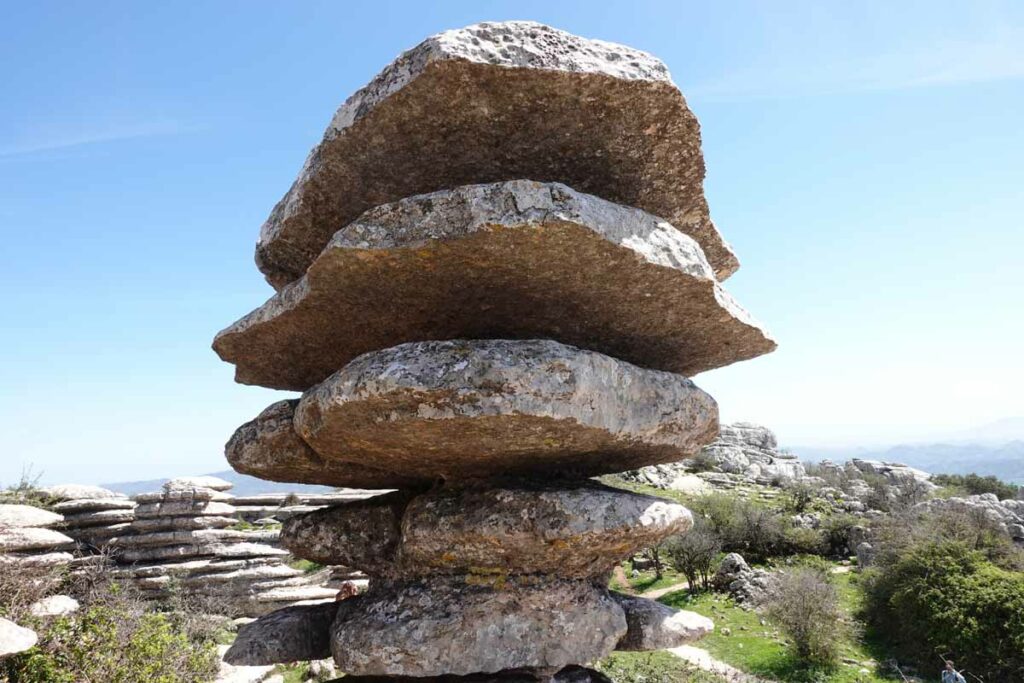
What time of year to come
I was surprised by how popular El Torcal was on this last visit: we visited mid-week in spring. Still, there were lots of people and the parking lot was full (excess cars were parked along the road leading to the visitors center).
Avoid weekends, I’m told Torcal gets crazy full with people.
I would actually recommend you come in winter if you can. That first trip to Torcal was for me the best: the weather was cool, there were very few visitors, and we saw some Iberian Ibex up close. That was a highlight for me. Grey skies and lack of vegetation also made the karst geography even more dramatic in winter.
But whenever you come, you should visit El Torcal. It has some of Europe’s most impressive karst geography and it is regarded as one of Spain’s best outdoor adventures.
More: The Best Hotels in Antequera
Related: Hiking La Maroma (Málaga)
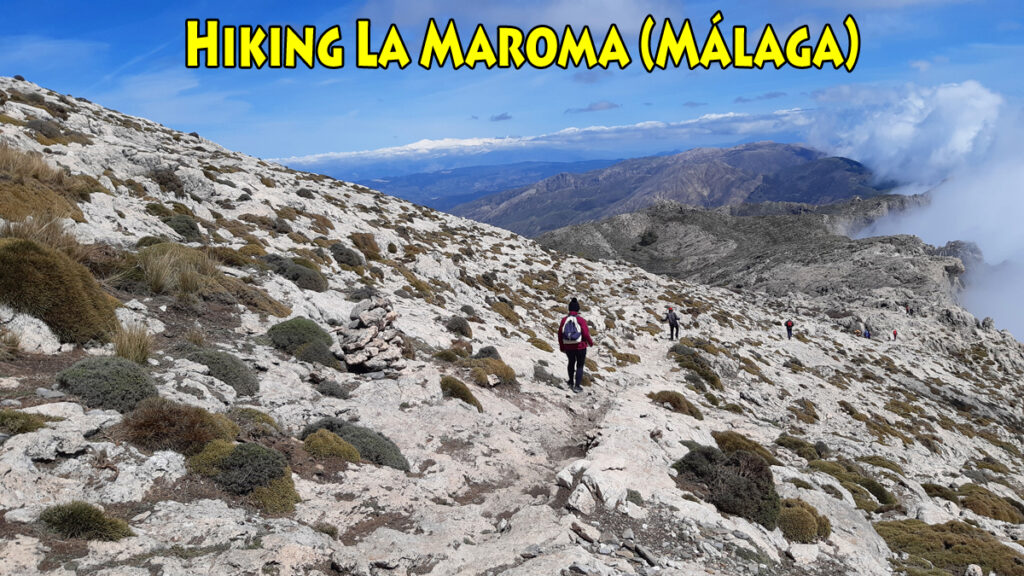
Related: A Travel Agent’s guide to the Best of Spain


Leave a Reply